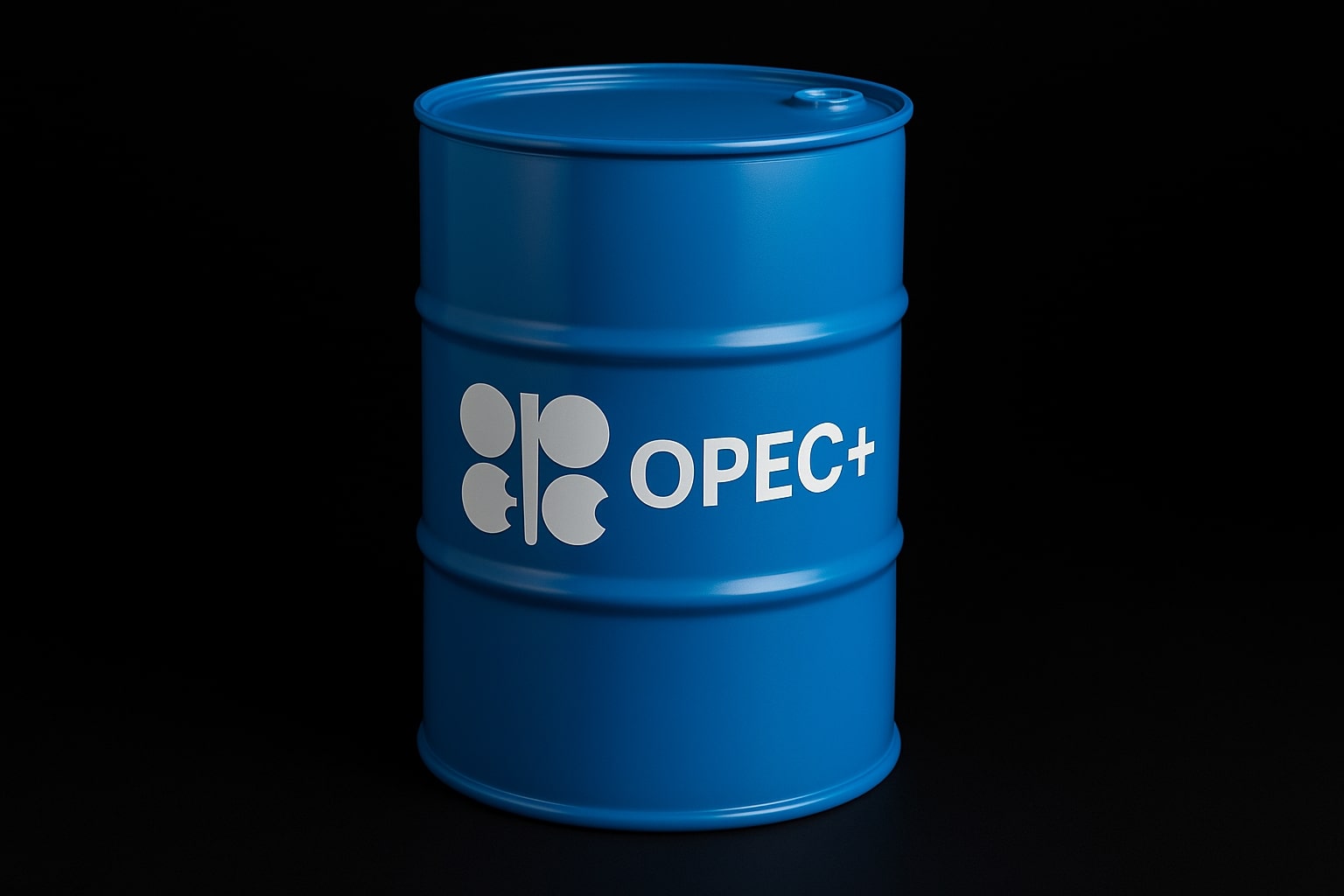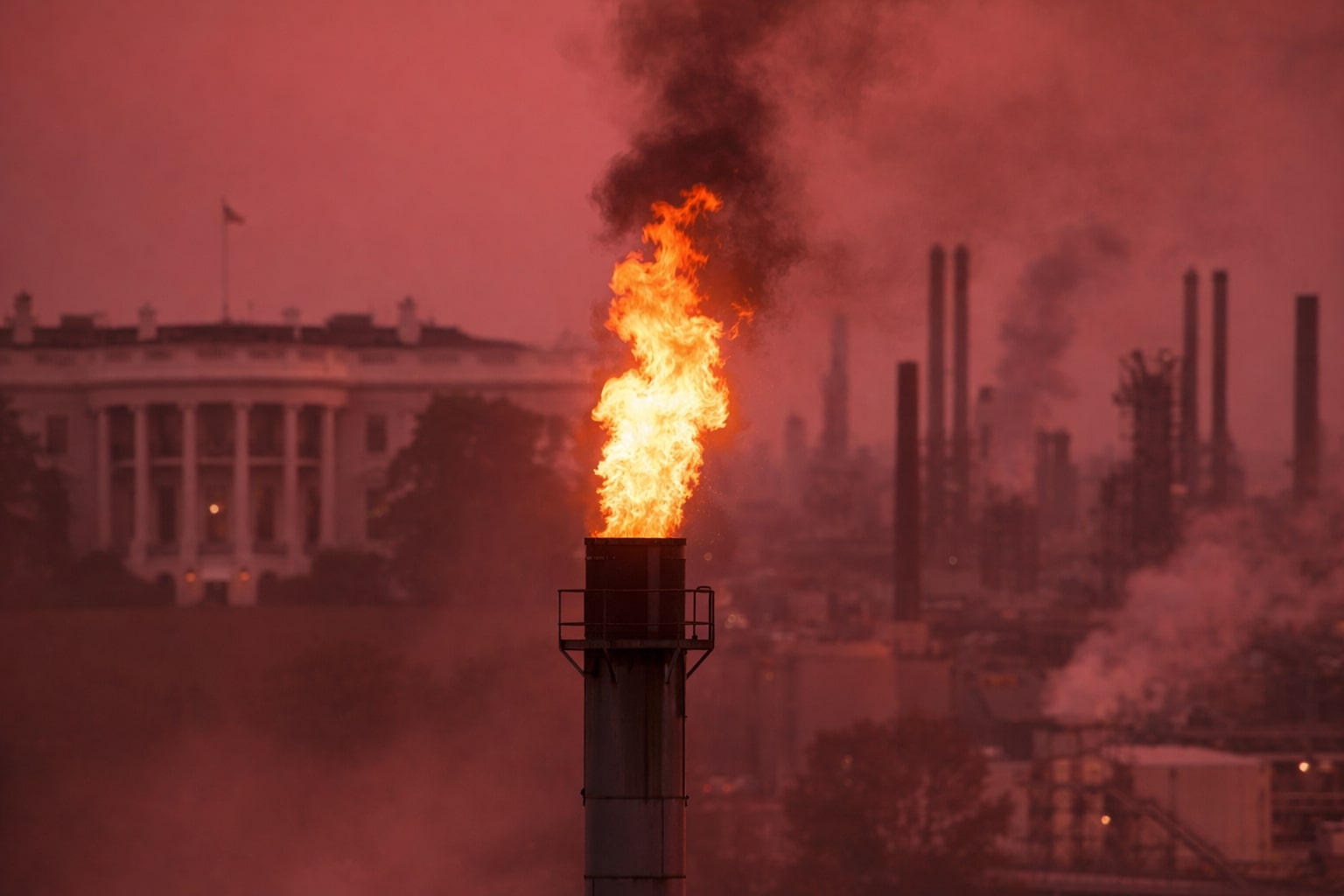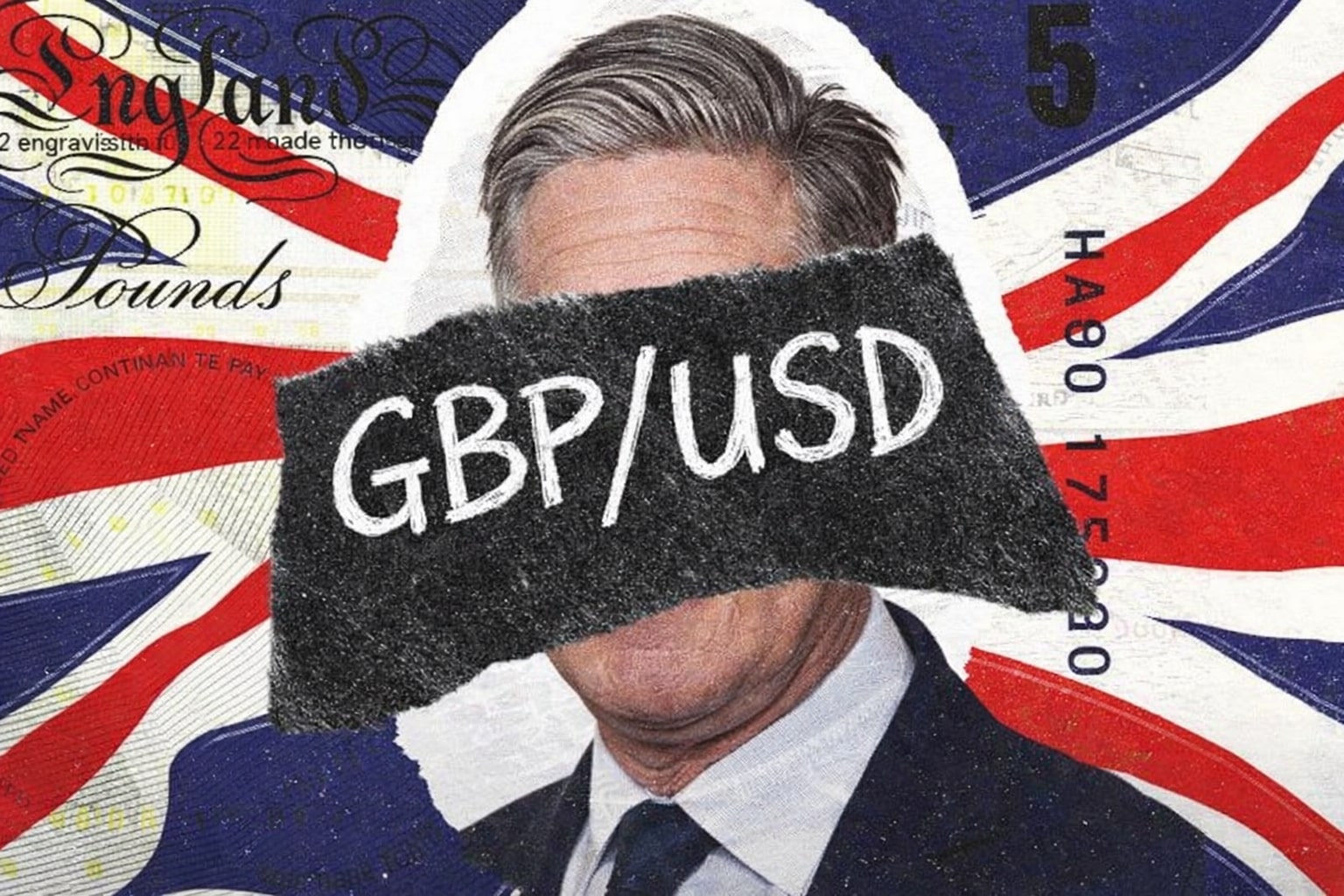
Oil Price Forecast - Oil Rises to $63.7 Brent and $59.9 WTI as Trump Calms Tariff Fears
After the sharpest drop since May, crude prices rebound on Trump’s softer trade tone, hopes for an APEC diplomatic reset, and China’s 3.9% import growth, while OPEC+ adds 630,000 bpd and Saudi Aramco signals output stability at 12M bpd | That's TradingNEWS
Crude Oil (CL=F, BZ=F) Rebounds to $59.9 and $63.7 as Trade Tensions Ease and OPEC+ Output Looms
After one of the most volatile weeks in months, WTI crude (CL=F) and Brent (BZ=F) have staged a short-lived rebound, trading near $59.9 and $63.7 respectively, up roughly 1.5–1.7% in Monday’s session. The move comes after both benchmarks fell more than 4% on Friday, their sharpest single-day loss since May, triggered by escalating U.S.–China trade rhetoric, fresh OPEC+ supply increases, and easing geopolitical risks in the Middle East. As traders step back into the market, the key question remains whether this bounce reflects genuine stability or merely another technical reprieve before deeper declines.
WTI and Brent Prices Stabilize After Heavy Liquidations
Friday’s slide saw WTI plunge to $58.90 and Brent hit $62.73, their lowest levels in five months. The immediate driver was President Donald Trump’s threat to impose 100% tariffs on Chinese imports starting November 1, a move that reignited fears of global growth contraction and energy demand destruction. Crude’s sharp selloff erased nearly $4 per barrel in 48 hours as risk assets tumbled across the board.
However, the narrative shifted over the weekend after Trump softened his tone on Truth Social, assuring markets that “Don’t worry about China, it will all be fine.” His comment sparked an overnight short-covering rally, with WTI up 1.68% to $59.89 and Brent up 1.50% to $63.67 during early Asian trading. The moderation of rhetoric has restored partial confidence that an eventual meeting between Trump and President Xi Jinping at the APEC Summit in South Korea could halt the tariff escalation before it fully materializes.
Trade Tensions and Tariff Threats Dominate Market Psychology
The trade dispute remains the dominant macro driver. China’s decision to tighten rare-earth export controls triggered the U.S. tariff response, with Washington threatening new restrictions on critical software exports. The tit-for-tat exchange sparked fears of supply chain disruptions and further global trade fragmentation. China, through its Commerce Ministry, countered with a firm message: “We do not want a trade war, but we are not afraid of one.”
While these headlines rattled markets on Friday, the tone quickly shifted by Monday as traders interpreted Trump’s weekend comments as an attempt to calm markets. The V-shape 2.0 narrative—borrowed from 2020’s pandemic rebound—has gained traction among energy traders expecting diplomacy to avert another economic shock.
OPEC+ Production and Saudi Capacity Shape the Supply Outlook
While geopolitics grabbed headlines, fundamentals remain heavy. OPEC+ production climbed by an estimated 630,000 barrels per day (bpd) in September, according to preliminary data. The group continues to unwind voluntary cuts introduced earlier in 2024, with plans to add another 137,000 bpd in November. The latest increase underscores the bloc’s confidence that spare capacity remains sufficient to prevent price spikes.
In a separate development, Saudi Aramco announced it can sustain 12 million bpd output for an entire year, a signal to markets that Riyadh is ready to defend its market share even if prices stay under pressure. This capacity cushion has kept speculative longs from rebuilding aggressively, as traders remain wary of renewed oversupply into Q4 2025.
Meanwhile, U.S. shale output is showing signs of moderation. The Baker Hughes rig count dropped by four last week, extending a multi-week decline that leaves the total number of active oil rigs down 63 year-over-year. The dip hints at some discipline among American producers as margins narrow, though inventories remain high. The EIA projects average 2025 prices of $68.6 for Brent and $65 for WTI, suggesting a soft landing rather than a full recovery next year.
Read More
-
PYPL Stock Price Forecast - PYPL at $59.91; Is It a Bargain or Value Trap?
18.12.2025 · TradingNEWS ArchiveStocks
-
XRP Price Forecast: XRP-USD Slides Below $2 as Sellers Target the $1.80–$1.90 Zone
18.12.2025 · TradingNEWS ArchiveCrypto
-
Oil Price Forecast - Oil Stalled Near $56–$60 as Venezuela Blockade Clashes With Oversupply Outlook
18.12.2025 · TradingNEWS ArchiveCommodities
-
Stock Market Today: Nasdaq, S&P 500 And Dow Jump As CPI Cools And MU Stock Rockets
18.12.2025 · TradingNEWS ArchiveMarkets
-
GBP/USD Price Forecast - Pound Holds 1.34 as BoE’s 3.75% Rate and Weak US CPI Pressure the Dollar
18.12.2025 · TradingNEWS ArchiveForex
Geopolitical Risks Ease with Gaza Ceasefire and Hostage Releases
Crude’s risk premium has also softened as Middle East tensions cool. The ceasefire between Israel and Hamas, combined with announcements that 20 hostages would be released under the new truce, has removed a major geopolitical overhang that dominated oil pricing for weeks. The truce, if sustained, reduces the likelihood of tanker disruptions through the Red Sea and Suez Canal, routes that carry roughly 12% of global seaborne oil.
At the same time, Ukraine’s drone strikes on Russian refining facilities continue to offset some of the bearish sentiment, curbing Russian fuel exports and tightening European diesel supplies. However, these disruptions have not yet been large enough to offset the broader downtrend in crude prices.
China’s Demand Data Provides Short-Term Relief
China’s macro signals added a mild tailwind to Monday’s rebound. Customs data show September crude oil imports rose 3.9% year-over-year, while coal imports surged to 46 million tons, the highest in nine months. The uptick suggests that Chinese refiners are replenishing stockpiles ahead of winter demand, countering the recent slowdown in manufacturing activity.
Still, domestic production cuts and high inventories suggest that the recovery in Chinese demand could remain uneven. Analysts remain cautious, viewing the import data as a temporary adjustment rather than a structural acceleration.
Technical View: Resistance Near $62 WTI and $65 Brent Caps the Rebound
From a technical perspective, both WTI and Brent remain in a fragile short-term uptrend but well within broader down channels. The $62 zone for WTI and $65 for Brent represent significant psychological and structural resistance levels, corresponding to both the 50-day moving average and the previous breakdown zone from mid-September.
Momentum oscillators such as RSI have rebounded from oversold territory near 30 but remain below 50, indicating that bullish conviction is still weak. Analysts at major trading desks expect rallies to fade as soon as crude approaches these resistance zones unless new bullish catalysts—such as confirmed tariff rollbacks or unexpected inventory draws—emerge.
Support sits at $58.90 for WTI and $62.73 for Brent, which mark the lowest closes since May. A break below those levels could trigger another wave of technical selling, potentially retesting the $57–$58 area for WTI and $61–$62 for Brent.
Natural Gas and Refined Products Track the Crude Rebound
The rebound has extended across the energy complex. RBOB gasoline futures rose to $1.851/gal, up 1.67%, while Louisiana Light crude climbed 1.32% to $65.22. Henry Hub natural gas futures inched up 0.45% to $3.12 per MMBtu, maintaining stability as mild U.S. weather forecasts dampen heating demand but LNG exports remain steady.
Refined product margins are widening slightly, reflecting lower crude feedstock prices, but refiners remain cautious amid weakening U.S. demand growth and elevated inventories.
Market Sentiment Remains Fragile Despite the Rebound
Energy traders continue to describe market sentiment as “headline-driven.” Analyst Nadir Belbarka from XMArabia emphasized that “price action is being driven by macro expectations rather than supply fundamentals.” This sentiment was echoed by Samer Hasn from XS.com, who highlighted that oil’s bounce is primarily a relief reaction to Trump’s softened tone rather than the beginning of a sustained uptrend.
The consensus view suggests that crude will remain range-bound in the near term, oscillating between $58 and $63 for WTI, until clear data on demand or policy emerge. Markets are also preparing for upcoming EIA stockpile reports, which could either reinforce or undermine the nascent recovery depending on whether inventories build or draw this week.
Outlook and Verdict: Cautiously Bearish Near-Term, Neutral-to-Bullish into Q1 2026
Crude oil remains trapped between competing forces—temporary diplomatic optimism and persistent oversupply. The 100% tariff threat, even if delayed, keeps global growth fears alive, while OPEC+ output increases and Saudi spare capacity limit the upside.
Short-term traders are expected to fade rallies into $62 WTI and $65 Brent, keeping a tactical bearish bias until stronger fundamental support appears. However, the long-term floor near $58–$59 could attract strategic buying if diplomacy between the U.S. and China stabilizes and Middle East risks stay muted.
Verdict: Hold with a bearish short-term tilt, turning neutral-to-bullish only above $65 Brent or $62 WTI, where confirmation of a structural reversal would signal renewed accumulation potential heading into early 2026.



















